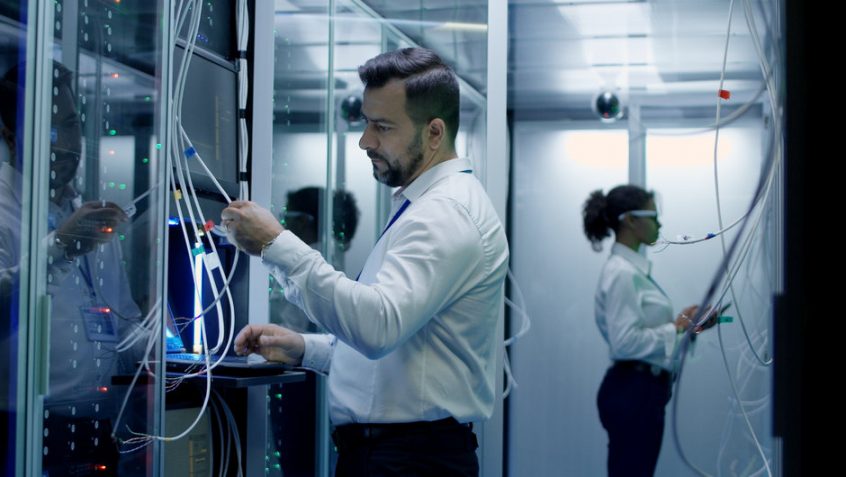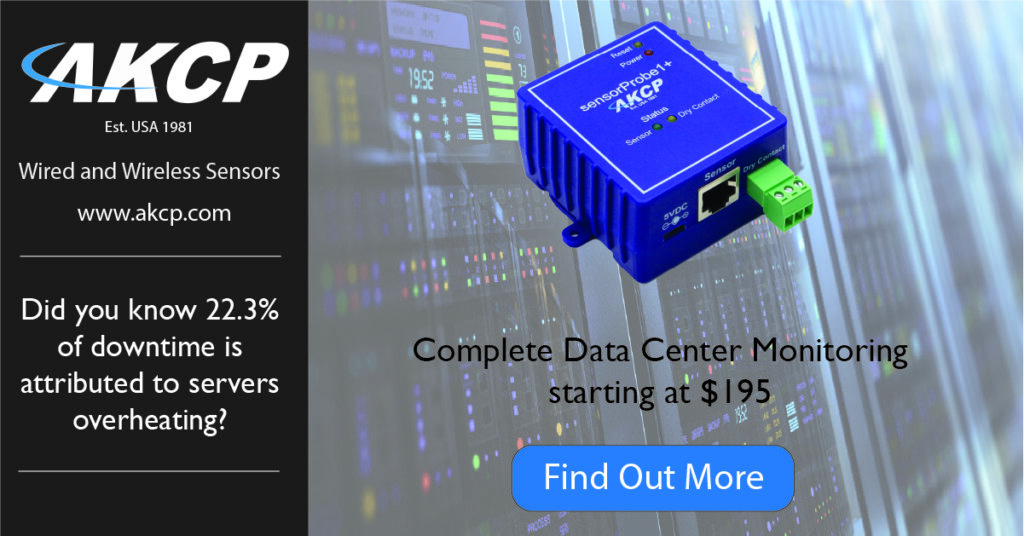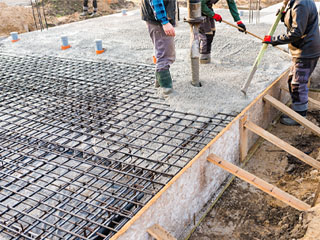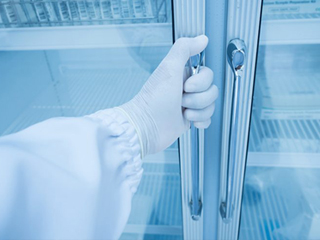Effective server room temperature monitoring is crucial for safeguarding data processing operations and maintaining uptime and preventing system failures due to heat or other environmental conditions.
In July 2022, Google and Oracle’s data centers in the UK shut down due to record heat, and in September, CNN reported that Twitter’s California data center experienced a major outage due to the excessively hot temperatures.
What is a Server Room?
A server room, integral to small businesses, stores, powers, and operates computer servers. Managing operational and environmental aspects is key. Capacities ranging from one tens of servers, they are typically smaller rooms and under less controlled environments than professional data centers.
The Challenge of Cooling:
Server rooms require a constant flow of cool air to manage generated heat. Even brief cooling failures can lead to excessive heat, system failures, and data loss. When things go wrong a server room is can deteriorate rapidly. Unlike Hyperscale data centers with N+1 redundancy, backup systems, precision coolers and hot air containment, a server room often has air mixing, a commercial air conditioning unit and no redundancy. Therefore close monitoring of the operating conditions is critical.
Cost-Effective Reliability:
Businesses often overcool server rooms to reduce heat-related issues. However, this practice is costly and environmentally unsustainable. Green IT initiatives have resulted in server rooms running closer to their maximum temperatures. The warmer they are, the less cooling energy is used. However, this also leaves less margin for error. Therefore temperature monitoring is now essential to both cost reduction and environmental responsibility. So what is the ideal server room temperature?
Impact on Businesses:
Beyond Temperature Sensors:
Five Reasons to Monitor Server Room Temperature:
- Protect Equipment: Heat can cause equipment failure and data loss, emphasizing the need for proper environmental monitoring.
- After-Hours Threats: Environmental issues can go unnoticed, causing damage overnight. Timely notifications are crucial.
- Rack Temperature Matters: Monitoring temperature inside racks is vital for efficient operations.
- Avoid Hot Spots: Varied temperatures among racks can lead to hot spots, requiring monitoring for timely repair.
- Efficient Cooling: Monitoring enables efficient cooling, reducing costs without compromising reliability.
The Importance of Humidity:
Both low and high humidity can damage equipment, leading to data loss and downtime. Monitoring humidity is essential to prevent these issues.
Maintain Uptime in Data Centers:
Monitoring environmental conditions is vital for optimal operation, minimizing downtime, and extending equipment life. Sensors from AKCP offer comprehensive monitoring solutions for server rooms and data centers of all sizes. Starting with the SP1+, a single port temperature and/or humidity sensor with dry contact input, PoE and alerts via SNMP or e-mail is a great way to start. From this simple, low cost solution, you can scale up to the SP2+, or a 1U rack mounted SPX+ complete with thermal mapping for your IT racks, DCIM software such as AKCPro Server, and sensorCFD™ analysis to improve operational efficiency.









